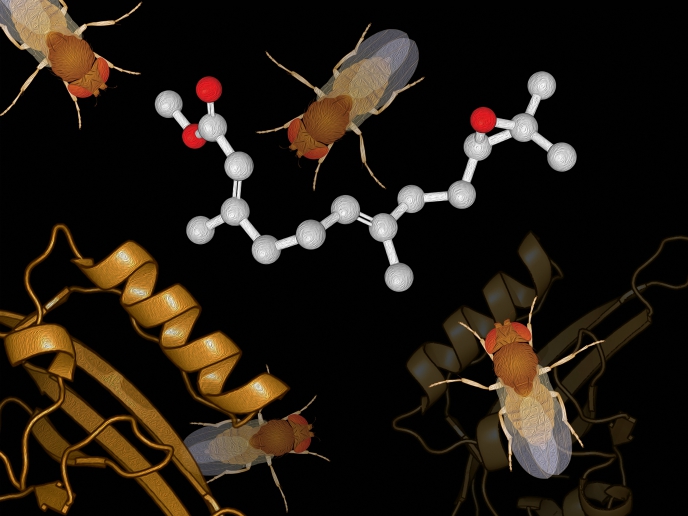From pests to pollinators: Safe sustainable population management using insect hormones
While insects have started making magazine headlines, entomologists are alarmed. According to a current analysis by the Biological Conservation journal, the inconspicuous insect world is making giant strides towards extinction, threatening a “catastrophic collapse of nature’s ecosystems”. Targeted juvenile hormone (JH) insecticides kill only the bad guys “The core goal of our proposal was to shed more light on the action of JH, one of the major regulators of development and reproduction in insects and related arthropods,” explains Dr Lenka Bittova, principal fellow with the Marie Curie-funded JHSIGNAL(opens in new window) project. Species relying on regulation by JH range from beneficial pollinators to agricultural pests and disease vectors. “Better understanding of JH signalling is therefore a prerequisite for improving currently available JH-based insecticides that fail to target pests without killing beneficial species,” Dr Bittova adds. JH signalling at molecular level “We certainly don’t come empty-handed after 2 years of dedicated work on the project and have successfully completed a study aimed at better mechanistic understanding of JH signalling,” Dr Bittova says proudly. A collaborative paper(opens in new window) with the Institute of Organic Chemistry and Biochemistry in Prague pinpoints the key molecular features of an effective JH receptor ligand. In collaboration with the Australian Commonwealth Scientific and Industrial Research Organisation (CSIRO), where Dr Marek Jindra – the project coordinator – worked during his previously completed outgoing MSCA fellowship, JHSIGNAL work has confirmed the importance of the JH receptor phosphorylation for its function, both biochemically and in live insects. “Harnessing the sensitivity of mass spectrometry data, we have found JH receptor mutations which cause a deficiency in proper nuclear localisation. Moreover, flies with a mutated phosphorylation site within the JH receptor display strong developmental defects, such as rotated genitalia in males or reduced fertility,” Dr Bittova concludes. Alternative study plan for insects that damage food The red flour beetle, Tribolium castaneum, is the scourge of all who store grain and its products – from cake and pastry makers to cereal silo owners. The original JHSIGNAL research plan was to investigate red flour beetle cell lines where Dr Jindra had successfully identified a JH receptor. However, due to technical challenges, the team changed the research target to the fruit fly Drosophila melanogaster, the model insect that offers supreme genetic tools and whose cousins are serious fruit pests. Towards species-selective, safer insecticides Results have spurred additional experiments aiming to further characterise the promising JH receptor mutants. “We hope to publish the complete story in one of the high-ranking journals by the end of this year,” predicts Dr Jindra. In collaboration with a leading Czech scientific institution and an EU-funded National Infrastructure CZ-OPENSCREEN in Prague, the team has just submitted a proposal to advance this research. Their aim is to uncover missing genetic components and new chemical regulators of JH signalling via high throughput screening of available small molecule libraries. Together, these promising results have already started to reveal novel and significant aspects of the JH receptor signalling mechanism. They will certainly improve understanding of the regulatory role of post-translational modifications in insect development.







